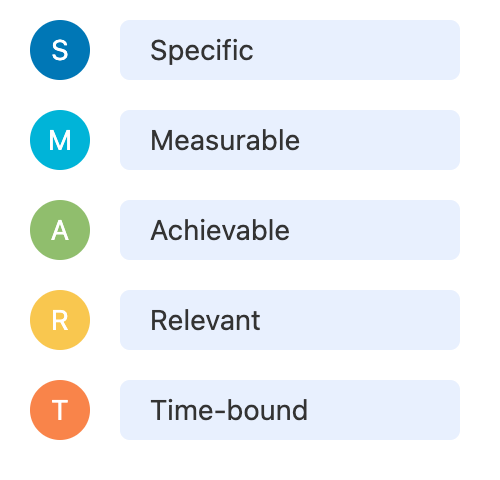In this unit, we delve into the art of crafting a compelling vision for the future by leveraging the power of possibility. This involves identifying emerging opportunities, engaging stakeholders in co-creating a vision, and translating that vision into actionable goals. By mastering these skills, you can lead your team towards a shared future that is both inspiring and achievable.
The journey begins with the ability to identify emerging opportunities. This requires staying attuned to changes within your industry, market, and organization. Look for patterns and trends that signal potential areas for growth or innovation. For instance, if you notice a shift towards remote work in your industry, consider how this trend could open up new possibilities for your team, such as expanding your talent pool or reducing overhead costs.
Once potential opportunities are identified, the next step is to engage stakeholders in co-creating a future vision. This collaborative approach ensures that the vision is not only aligned with organizational goals but also resonates with those responsible for implementing it. Lets take a look at what encouraging open dialogue and inviting input from team members, partners, and other key stakeholders might look like in action:
- Jake: I've noticed a trend towards more sustainable practices in our industry. I think there's a real opportunity for us to lead in this area.
- Victoria: That's interesting, Jake. How do you see us integrating sustainability into our current projects?
- Jake: We could start by reducing our carbon footprint. Maybe set a goal to cut it by 20% over the next year.
- Victoria: I like that idea. Let's bring it up in our next team meeting and see how everyone else feels about it.
In this dialogue, Jake identifies an emerging opportunity in sustainability, and Victoria engages with him to explore how it can be integrated into their projects. This exchange exemplifies the collaborative process of co-creating a vision that aligns with organizational goals.
The final step is to translate your vision into actionable goals. This involves breaking down the vision into specific, measurable objectives that guide your team's efforts. Use the SMART criteria—Specific, Measurable, Achievable, Relevant, and Time-bound—to ensure that each goal is clear and attainable.

For example, if your vision includes becoming a leader in sustainable practices, an actionable goal might be to reduce your company's carbon footprint by 20% within the next year. By setting clear goals, you provide your team with a roadmap to achieve the vision, making it more tangible and motivating.
In the upcoming practices, you'll have the opportunity to apply these concepts by identifying emerging opportunities within your own context, engaging with stakeholders to co-create a vision, and setting actionable goals using the SMART criteria. These exercises are designed to reinforce your understanding and help you develop the skills necessary to craft a compelling vision for the future that is both inspiring and achievable.
